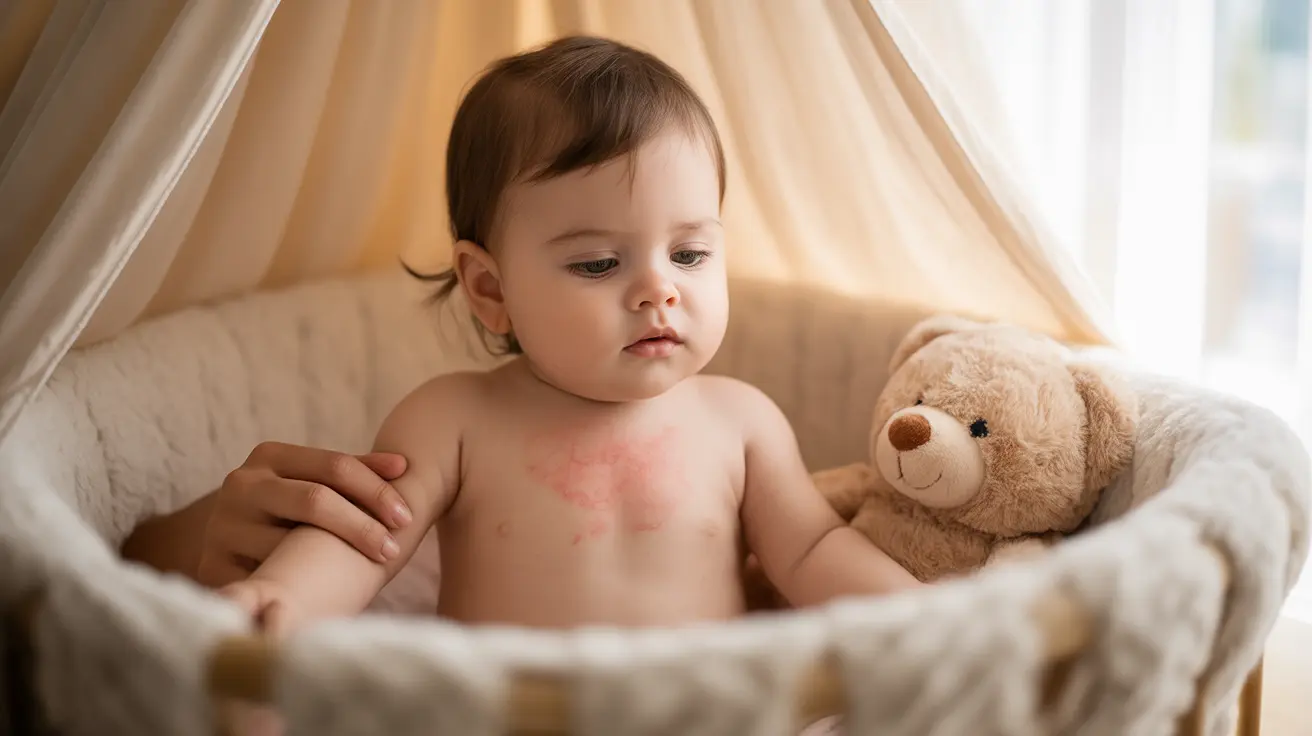Recognizing chickenpox symptoms in babies during the earliest stages is crucial for proper care and management. As a parent, understanding what to look for on day 1 of the infection can help you respond quickly and effectively to keep your little one comfortable during this challenging time.
This comprehensive guide will walk you through the initial signs of chickenpox in babies, its progression, and essential care strategies to help your child recover smoothly.
First Signs and Early Symptoms
The initial symptoms of chickenpox in babies typically appear 10-21 days after exposure to the virus. On day 1, you may notice:
- Mild fever (100-102°F)
- Decreased appetite or fussiness
- Fatigue or sleepiness
- Runny or stuffy nose
- Mild cough or sneezing
These early signs often mimic a common cold, making it initially challenging to identify chickenpox. However, the characteristic rash typically follows within 24-48 hours of these initial symptoms.
Understanding the Rash Development
The chickenpox rash follows a predictable pattern of development, starting as small red spots that quickly progress to fluid-filled blisters. During the first day, you might notice:
- Small, red, raised spots appearing on the chest, back, or face
- Gradual spread to other body parts
- Spots that may be more noticeable after a warm bath
- Varying stages of spots developing throughout the day
Contagion and Prevention
Chickenpox is highly contagious, especially in the early stages. The virus spreads through:
- Direct contact with the rash
- Airborne droplets from coughing or sneezing
- Contact with contaminated items
To prevent spread, keep your baby isolated from other children and individuals who haven't had chickenpox or aren't vaccinated until all blisters have crusted over, typically 5-7 days after the rash appears.
Home Care and Comfort Measures
While chickenpox must run its course, several home remedies can help soothe your baby:
- Cool baths with colloidal oatmeal
- Calamine lotion for itching
- Loose, soft cotton clothing
- Regular nail trimming to prevent scratching
- Maintaining optimal room temperature
When to Seek Medical Attention
While most cases of chickenpox in babies resolve without complications, contact your healthcare provider if you notice:
- High fever lasting more than 4 days
- Severe itching that prevents sleep
- Signs of skin infection
- Difficulty breathing
- Extreme lethargy or unresponsiveness
- Rash spreading to eyes
Frequently Asked Questions
What are the early signs and symptoms of chickenpox in a baby on day 1?
The earliest signs include mild fever, decreased appetite, fatigue, and cold-like symptoms such as runny nose and mild cough. The characteristic rash typically begins to appear within 24-48 hours of these initial symptoms.
How does the chickenpox rash develop and spread in babies after the first day of symptoms?
The rash begins as small red spots that quickly develop into fluid-filled blisters. It typically starts on the trunk, face, or scalp and spreads to the rest of the body over several days, with new spots continuing to form for 3-5 days.
How contagious is chickenpox in newborns and how can I prevent my baby from spreading it?
Chickenpox is highly contagious from 1-2 days before the rash appears until all blisters have crusted over. Keep your baby isolated from others who aren't immune, practice good hand hygiene, and avoid sharing personal items to prevent spread.
What home care treatments help relieve itching and discomfort from chickenpox in babies?
Effective home treatments include cool oatmeal baths, calamine lotion application, keeping nails trimmed short, dressing in loose cotton clothing, and maintaining a cool environment to reduce itching and discomfort.
When should I seek medical attention for my baby with chickenpox complications or severe symptoms?
Seek immediate medical care if your baby develops a high persistent fever, severe itching, signs of skin infection, difficulty breathing, extreme lethargy, or if the rash spreads to the eyes.




